Geography
Phitsanulok province covers some 10,584.5 sq. km. The riverside provincial capital is 377 km. North of Bangkok. Phitsanulok is situated on the geographical and administrative line uniting the central and northern regions. Phitsanuloke, located in Central Northern Thailand is a modern city. Ideal as a stepping stone for the Northern visitors attractions including Sukothai.
Phitsanulok was the birthplace of King Naresuan the Great of Ayuthaya (reign : 1590 - 1605), and his brother Prince Ekathosarot. Phitsanulok has long been an important center for political and strategic reasons. Phitsanulok was a major center of recruitment when Ayuthaya waged war with Burma, and was the capital of Thailand for 25 years during the 1448-1488 reign of Ayuthaya’s King Boromtrailokanat.
The climate of Phitsanulok is generally hot and humid. It borders with Uttaradit in he North, Pichit in the south, Loei and Phetchabun in the East, Kamphaeng Phet and Sukhothai in the West. Covering an area of 10,815.8 sq.km., the province is divided into 9 Amphoes : Muang , Bang Rakam , Nakhon Thai , Phrom Priram , Wat Bot - BangKrathum , Chat Trakan , Noen MaPrang , Wang Thong
City Attraction
Wat Phra Si Rattana Mahathat his monastery commonly called by the inhabitants as "Wat Yai" is the most important monastery of Phitsanulok, the home of the famous Phra Buddha Chinnarat. It is located at the foot of Naresuan Bridge on the city side of the river.The monastery was built in the reign of Phra Maha Thamma Racha I (Phraya Lithai) In 1357 A.D. It houses the Phra Buddha Chinnarat regarded as the most beautiful Buddha image in Thailand. It is cast in the attitude of subduing evil. Later, in 1631, King Ekatosarot graciously bestowed some of his gold regalia to be beaten into gold - plate and applied them to the image worth his own hands, creating its most beautiful Buddha image. There are many other beautiful and noteworthy items in the monastery compound. The mother - of - pearl inlaid wooden doors of Vihara are especially splendid, and were built by King Boromkot in 1756 as a dedication to phra Buddha Chinarat. Behind the Vihara, there is a large Prang 36 meters high, with a staircase leading up to the niche containing the Buddha relics. In front of the Prang, there is Phra Attharos, and on the 9 room Vihara slope. There remains only the newly-renovated Buddha image.
Wat Ratchaburana nad Wat Nang Phya Is located on the eastern bank of the Nan river, near Wat Phra Si Rattana Mahathat to the south. These two monasteries, assumed to be built when Phitsanulok City was ruled by King Boromtrailokanat, have linking compounds. Wat Nang Phya has temple or bot but it is known for the so-called "Phra Nang Phya" votive tablets special fine form of the 3-head nagas decorated on their eaves.
King Naresuan the Great Shrine The shrine is located in the compound of the Phitsanulok Phittayakom school, and depicts the seated king ceremoniously declaring Ayuthaya's independence from Burma. The shrine was constructed on the site of the Channdra Palace where King Naresuan was born in 1555.
Nan National Museum

The Nan National Museum, is located at the original site of the palace of the Feudal Lord of Nan. The building was originally constructed by Phrachao Suriyaphong Pharitdeg, the Lord of Nan, in 1903 to replace for his former wooden residene. Afer the dearh of Chao Maha Brahma Surathada, the last Frudal Lord of Nan, his descendants donated this palace to the government in 1931 for use as the to provincial hall. In 1973 the Fine Arts Department was permitted to use this building and location for establishing the National Museum after the new provincial hall building had been provided by the Ministry of Interior.
The National Museum of Nan is simultaneously an art history, archaeological and ethnological museum. The exhibitions are arranged to emphasize mainly these aspects. They are separated into two parts. The exhibition rooms on the second floor of thee building feature a

rt history and archaeological data and evidence, The rooms on the ground floor exhibit ethnological data concerning the native people and the minority groups living within the boundaries of Nan Province.
The exhibition rooms on the second floor are divided into two sections. The first is the main hall which used to be the throne hall of family tree of the Feudal Lord, historical photo graphs, art objects, ancient currency, weapons and inscriptions. The second consists of the rooms in the north and south wings including the verandah in the back of the building, forming a total of 6 exhibition rooms. They are used for exhibition art history and archaeological ingormation and fondings remaining from Prehistoric times until the Historical Period, i.e. early settlements in Nan province; the influences of the Lan Na and Sukhothai Art Styles in the development of the Nan Art Styles, etc. The last room exhibit black elephant tusks which have been considered the invaluable treasure of Nan Town since ancient times.
The 6 exhibition rooms on the ground floor are also divided into two sections. The first is the main hall and 2 other rooms in the north wing. They are used for exhibiting the ethnological data concerning the native's way of life, i.e. house design, utensils used in everyday life, cloth weaving and various styles of local cloth products, some local customs, rituals and beliefts, etc. The second is composed of a hall and 2 other rooms in the south wing. They are used for exhibiting the way of life of 5 minority groups : the Tai Lue, the Hmong, the Yao, the Thin and the Mlabri (Tong Luang). Some realistic models and scenes are also on exhibit.

 rt history and archaeological data and evidence, The rooms on the ground floor exhibit ethnological data concerning the native people and the minority groups living within the boundaries of Nan Province.
rt history and archaeological data and evidence, The rooms on the ground floor exhibit ethnological data concerning the native people and the minority groups living within the boundaries of Nan Province.  rt history and archaeological data and evidence, The rooms on the ground floor exhibit ethnological data concerning the native people and the minority groups living within the boundaries of Nan Province.
rt history and archaeological data and evidence, The rooms on the ground floor exhibit ethnological data concerning the native people and the minority groups living within the boundaries of Nan Province. 



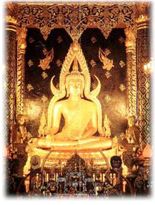
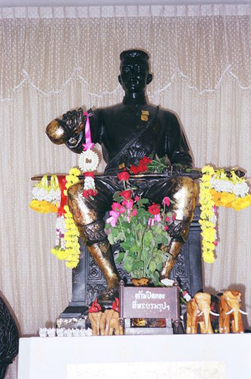

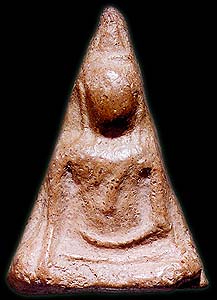
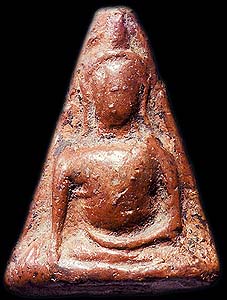
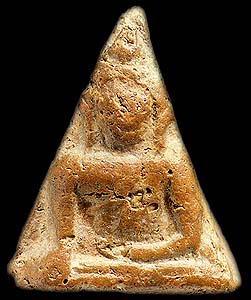
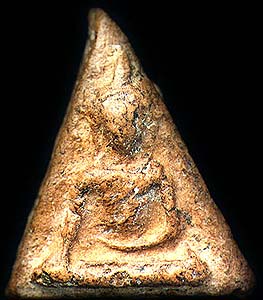
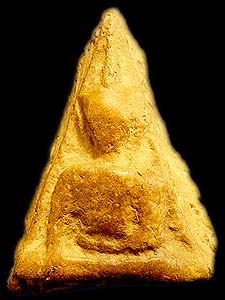
No comments:
Post a Comment